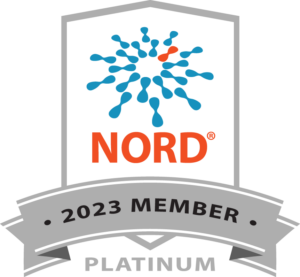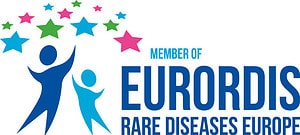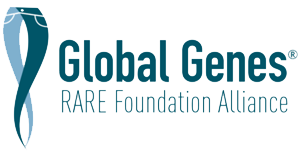https://www.ncbi.nlm.nih.gov/pmc/articles/PMC10183817/
https://pubmed.ncbi.nlm.nih.gov/37021792/
Every now and then there appears a truly novel proposal for alleviating the misery of mitochondrial disease. In this paper an international team presents such an idea. It’s a bit technical but worth looking into. (I.e., it is so geeky and cool!). It is a good example of why basic research on mitochondrial function is so important in the search for treatment.
The crowning step in oxidative phosphorylation takes place in mitochondrial Complex V (five), also known as ATP synthase, where ADP is combined with inorganic phosphate (Pi) to yield ATP. It has long been known, however, that the reaction at Complex V can go either direction, depending on the conditions. That is, under some circumstances, the ATP synthase can equally easily break down ATP into ADP plus phosphate, instead of the reverse, reducing the amount of chemical energy made available for cellular activities.
This loss of potential ATP production is turning out to be more important than previously realized. And, the negative effect is greater, the less effective the previous steps in ATP generation, for example, when harmful mutations disrupt the workings of the electron transport chain. Slower production of ATP leads to greater losses of the ATP that is produced, potentially a vicious circle.
The authors looked for and found a compound that blocks operation of the ATPase in the wrong direction. This is sort of like fixing a leak in the ATP “delivery pipeline.” It increases the total ATP yield from oxidative phosphorylation, counteracting to a degree the harm from mitochondrial dysfunction, no matter where in the process the defect lies.
Although it is not a cure, it could potentially help alleviate the harm from almost any type of disorder in oxidative phosphorylation, by making maximal use of the ATP that does get produced.
Experiments of several kinds show measurable benefits in model organisms. The reversal-blocking compound is a flavonoid readily available from plants, already in use as a dietary supplement.
I am providing links to both the original paper, and an editorial that explains its importance.










